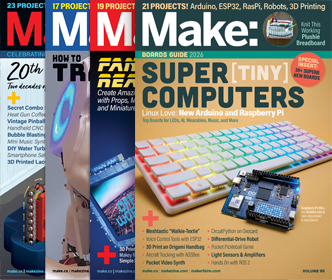How-To: Collect whale snot using an RC helicopter
Lately we’ve had lots of folks writing in seeking practical advice on collecting tissue samples for use in studying diseases of whales. I had no idea there were so many amateur cetopathologists among our readers!
As you folks know–all too well, I’m sure–it is extremely difficult to collect blood from a wild whale without injuring or killing it in the process. However, as is common knowledge even among laypersons, the next best thing to live whale blood is live whale snot. Turns out it spews from their blowholes when they exhale, so the process is really very simple:
1. Find breaching whale.
2. Hold petri dish over blowhole to intercept spout.
3. Return to lab, enjoy sample.
Step 2 is actually the hard part. And although your first instinct may be to just jump in your rowboat, paddle out to a whale pod, lean way out over the side with your sample container, and wait, that’s actually not as safe as it might sound. Each year, untold millions die attempting this maneuver.
Enter Dr. Karina Acevedo-Whitehouse, of the Zoological Society of London. Her recent paper in Animal Conservation (abstract), irresistibly entitled “A novel non-invasive tool for disease surveillance of free-ranging whales and its relevance to conservation programs,” introduces the ground-breaking methodology of strapping a petri dish to a toy RC helicopter and flying it into the spout. This landmark paper stands not only to revolutionize our understanding of whaleborne disease, but to save countless lives, and establishes Dr. Acevedo-Whitehouse as a serious contender for this year’s (Ig) Nobel Prize.
[via The Thoughtful Animal]
P.S. Dr. Acevedo-Whitehouse, you are made of awesome. And although I have never met you and probably never will, I love you with all my heart.








